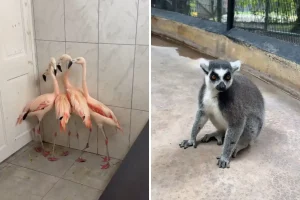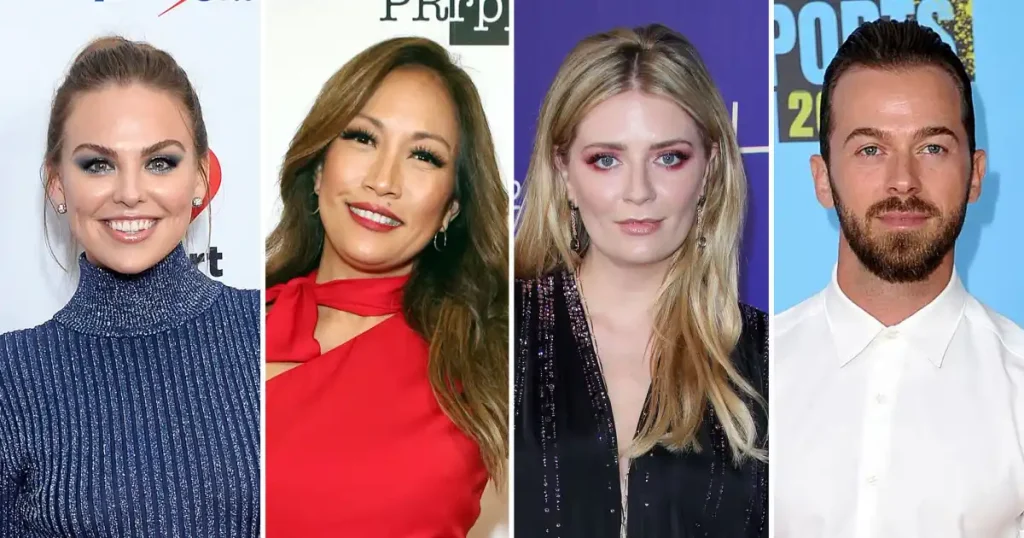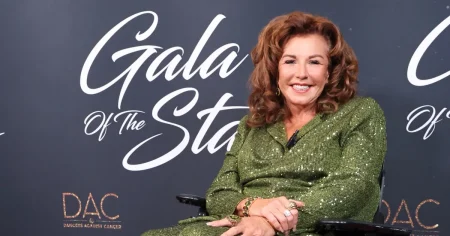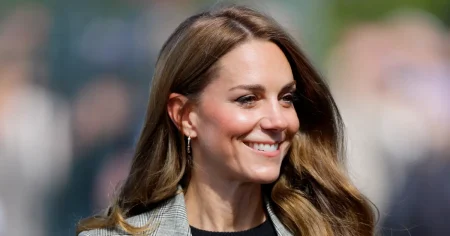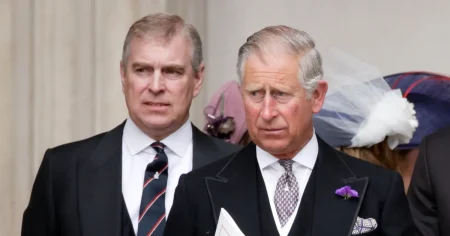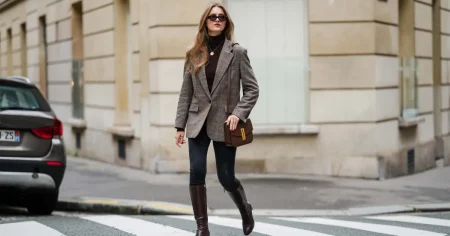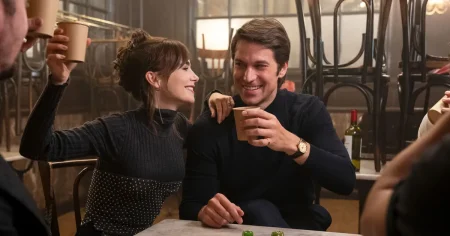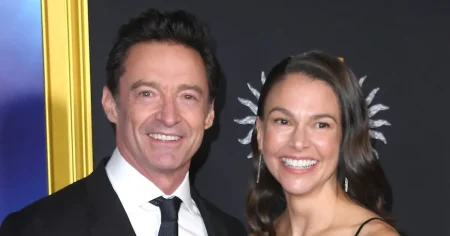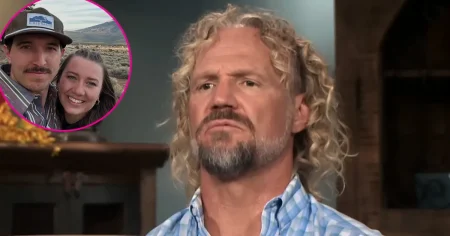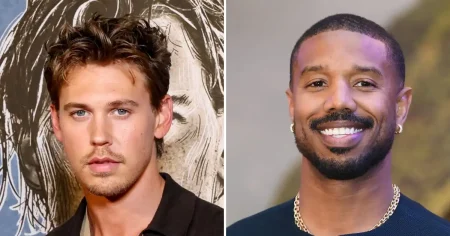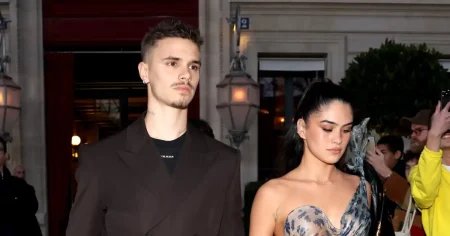The Drama of “Dancing With the Stars”: Famous Feuds Throughout the Years
Over its many seasons, “Dancing With the Stars” has become as well-known for its behind-the-scenes drama as for its impressive choreography and celebrity transformations. The popular ABC competition show has witnessed numerous heated exchanges between professional dancers, celebrities, and judges that have captivated viewers and made headlines. These conflicts reveal the intense pressure and passion that come with competitive ballroom dancing on national television.
Perhaps no figure has been more central to the show’s drama than professional dancer Maksim Chmerkovskiy, whose fiery personality has led to multiple notable feuds. Since joining the show in 2006 during its second season, Chmerkovskiy has clashed with celebrity partners including Kirstie Alley, Hope Solo, and Vanessa Lachey. However, his most famous confrontation occurred in 2011 with head judge Len Goodman after receiving harsh criticism for a rumba performance with partner Hope Solo. When Goodman defended his critique by noting his “50 years in the business,” Chmerkovskiy boldly responded, “Then maybe it’s time to go!” He later added backstage, “With all due respect, this is my show. I helped make it what it is.” This exchange highlighted the tension between the judges’ authority and the professional dancers’ creative investment in the competition. Chmerkovskiy later clarified to The Hollywood Reporter that he respected Goodman but stood by his passion for the show: “I’ve danced for 27 years, and I’ve won more titles than Len ever even participated in… I didn’t mean it in a selfish way. I love it. It’s what I love doing.”
The Goodman-Chmerkovskiy clash exemplifies how the competitive environment of “Dancing With the Stars” can bring out strong emotions from its participants. Goodman, representing the traditional ballroom establishment, responded to the controversy by reminding everyone of the show’s fundamental structure: “What they have to understand is: They’re on trial. We’re the judges. You can’t be the judge at your own trial.” This tension between artistic expression and technical evaluation is at the heart of many conflicts on the show. Despite their heated exchange, Chmerkovskiy returned for season 18 with partner Meryl Davis and made a point to soften his approach with judges, once calling Goodman “the important one,” though he maintained to Today that “nothing that exits my mouth—unless I’m in rehearsal—is serious.”
The relationship between professional dancers and their celebrity partners has also been a source of notable drama. Chmerkovskiy’s partnerships frequently made headlines, particularly his reported tension with Vanessa Lachey during season 25. These conflicts reveal the challenges of the intense training process, where professionals must quickly develop chemistry with celebrities who often have no dance experience. The pressure of weekly performances combined with physical exhaustion and the vulnerability of learning a new skill on national television creates an environment where emotions can run high. These partnerships require trust, patience, and communication that sometimes breaks down under the spotlight’s glare.
Judges have also found themselves embroiled in controversies beyond their interactions with Chmerkovskiy. Carrie Ann Inaba has faced criticism from Bachelor Nation contestants and fans who felt she was unduly harsh on participants from the reality dating franchise. Similarly, judge Julianne Hough experienced tension with contestant Amber Rose after comments that Rose interpreted as body-shaming. These incidents highlight the subjective nature of dance evaluation and how personal backgrounds and histories can influence perceptions of criticism. Judges must balance honesty with sensitivity, knowing their words carry significant weight not only for contestants’ scores but also for their confidence and public image.
What makes “Dancing With the Stars” compelling is precisely this combustible mix of artistry, competition, and personality. The show brings together individuals from widely different backgrounds—professional athletes, actors, reality stars, and trained dancers—and asks them to collaborate under immense pressure. When Chmerkovskiy declared in 2018 that he was permanently leaving the show (after several previous departures and returns), it marked the end of an era for one of the program’s most controversial figures. Yet the fundamental tensions that fueled his feuds remain inherent to the show’s format. As “Dancing With the Stars” continues to evolve, these human dynamics—the clash between creativity and criticism, the pressure of public performance, and the intense relationships formed under stress—ensure that while the faces may change, the drama of the ballroom endures, keeping viewers just as interested in what happens backstage as they are in what unfolds on the dance floor.
